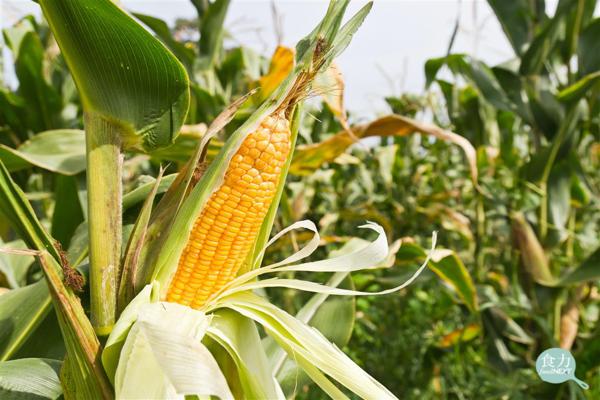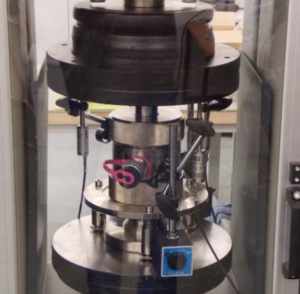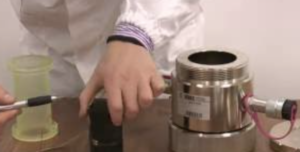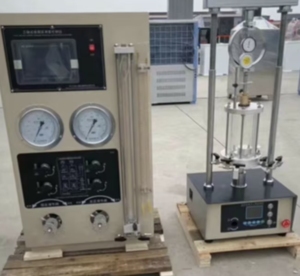How Do Soil Fertility Tests Optimize Crop Yield?
Healthy soil is the foundation of productive agriculture. But just like humans need regular health checkups, soil needs to be tested to ensure it has the right balance of nutrients. Soil fertility tests1 play a vital role in determining what your crops need—and what they don’t. By identifying nutrient levels and imbalances, these tests allow farmers to make informed decisions that maximize yield2, reduce waste, and promote long-term soil health3.
Key Nutrients Assessed in Soil Fertility Tests
Soil fertility tests focus on the availability of essential nutrients that crops need to grow. These include:
- Macronutrients: Nitrogen (N), Phosphorus (P), and Potassium (K)
- Secondary nutrients: Calcium (Ca), Magnesium (Mg), Sulfur (S)
- Micronutrients: Zinc (Zn), Iron (Fe), Copper (Cu), Manganese (Mn), Boron (B), Molybdenum (Mo)
Sample Test Output Table
| Nutrient | Measured Value | Optimal Range | Status |
|---|---|---|---|
| Nitrogen (N) | 15 ppm | 20–30 ppm | Low |
| Phosphorus (P) | 38 ppm | 25–50 ppm | Adequate |
| Potassium (K) | 80 ppm | 100–150 ppm | Slightly Low |
| Zinc (Zn) | 0.8 ppm | 1.0–2.5 ppm | Deficient |
Understanding these values gives farmers a clear roadmap for which fertilizers to apply and in what quantity—ensuring that no resource is wasted.

Correlation Between Test Results and Crop Growth
There’s a direct relationship4 between what a soil test reveals and how well a crop performs. Deficiencies in key nutrients can lead to stunted growth, yellowing leaves, poor root development5, and ultimately, lower yields6. On the other hand, over-fertilization can harm plants and pollute nearby water bodies.
Effects of Nutrient Deficiency
| Nutrient Deficient | Symptoms in Crops | Yield Impact |
|---|---|---|
| Nitrogen (N) | Pale leaves, slow growth | Up to 40% yield loss |
| Phosphorus (P) | Purplish leaves, poor rooting | Delayed maturity, low grain set |
| Potassium (K) | Leaf burn, weak stems | Lodging, poor fruit quality |
| Zinc (Zn) | Stunted leaves, poor flowering | Reduced kernel size in grains |
With proper testing, these issues can be identified and corrected early, improving both quality and quantity of the harvest.

Influence of Fertility-Based Soil Amendments on Crops
Once deficiencies are identified, farmers can apply targeted soil amendments to restore fertility. These may include:
- Fertilizers (synthetic or organic)
- Compost and manure
- Lime (to raise pH) or sulfur (to lower pH)
- Micronutrient sprays for fast correction
Fertility Amendment and Yield Comparison
| Treatment | Corn Yield (tons/ha) | Yield Increase (%) |
|---|---|---|
| No amendment | 4.2 | – |
| NPK Fertilizer (balanced) | 6.5 | +54.7% |
| NPK + Zinc + Compost | 7.8 | +85.7% |
This shows that soil fertility optimization is not just about more inputs, but the right ones, applied based on scientific data.

Using Test Data for Precision Fertilization in Crop Cultivation
Precision agriculture takes soil testing one step further—using data to customize fertilization at the zone or plant level. Modern tools like GPS mapping, drones, and variable-rate applicators allow farmers to apply nutrients only where and when needed.
Benefits of Data-Driven Fertilization:
- Reduces input costs
- Minimizes environmental impact
- Maximizes nutrient use efficiency
- Improves uniformity of crop performance
Fertilizer Efficiency Table
| Fertilization Approach | Fertilizer Use (kg/ha) | Yield (tons/ha) | Nutrient Use Efficiency |
|---|---|---|---|
| Blanket application | 120 | 5.5 | 0.045 |
| Test-based precision input | 95 | 6.8 | 0.071 |
With soil testing as the foundation, precision fertilization ensures that each plant gets exactly what it needs, resulting in better yields with fewer inputs.

Conclusion
Soil fertility testing is a powerful tool for optimizing crop yield7, guiding farmers toward smarter nutrient management. By identifying deficiencies, preventing overuse, and supporting precision agriculture8, it helps ensure sustainable, high-performing fields9 season after season. For anyone serious about maximizing productivity while protecting the environment, soil testing isn’t optional—it’s essential.
-
Understanding soil fertility tests can help farmers optimize their crop production and maintain soil health effectively. ↩
-
Exploring strategies to maximize yield can lead to better farming practices and increased productivity. ↩
-
Learning about long-term soil health practices is essential for sustainable agriculture and environmental conservation. ↩
-
Understanding this relationship can help farmers optimize their crop yields and soil health. ↩
-
Exploring these causes can provide insights into plant health and effective agricultural practices. ↩
-
Learning about yield improvement strategies can significantly enhance agricultural productivity and sustainability. ↩
-
Explore this link to discover effective strategies for enhancing crop yield using soil fertility testing, crucial for sustainable farming. ↩
-
Learn how soil fertility testing is integral to precision agriculture, ensuring efficient resource use and higher yields. ↩
-
This resource will provide insights into how soil testing can lead to sustainable practices and improved field performance. ↩







